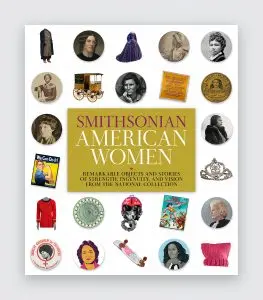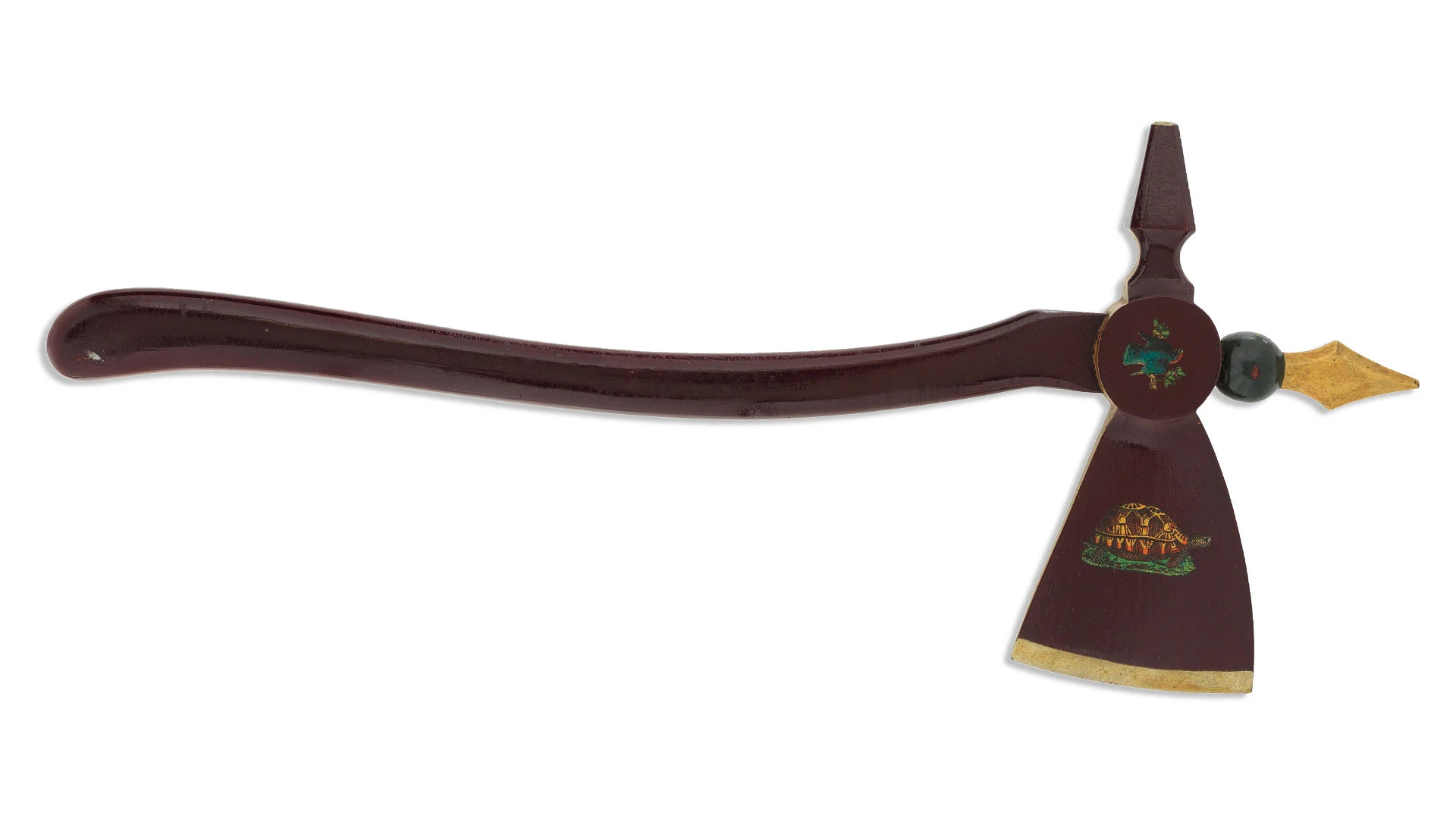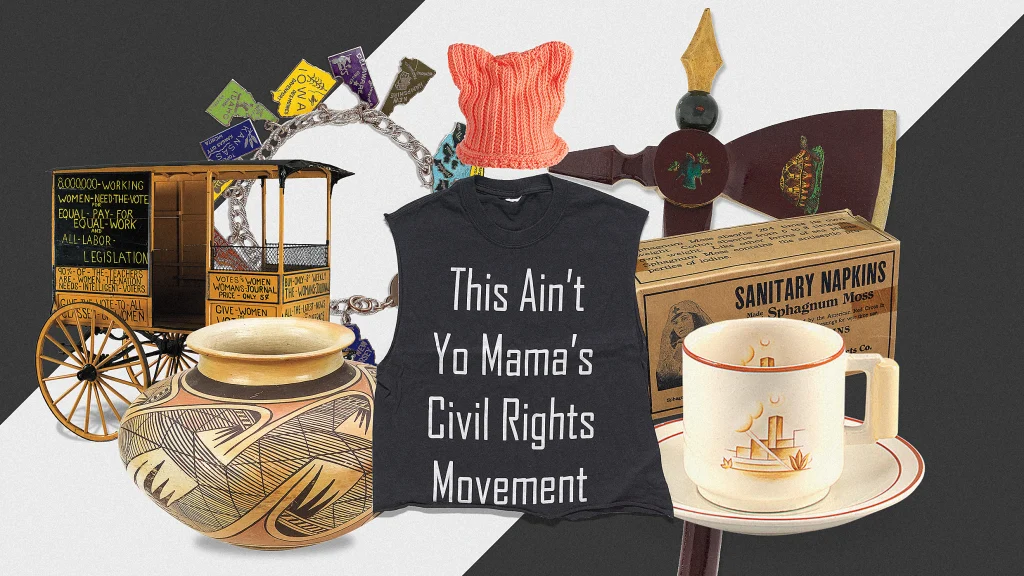The ephemera that make up a home—a vintage rocking chair, heirloom jewelry, a silver-plated tea set—are clues into the interior world of the people who live there. For centuries, women have shaped these domestic spaces, which are places of simultaneous confinement and freedom, with furnishings that have traditionally received less attention from historians.

A meditation on women’s history in the U.S., the curation of domestic and professional spaces, and the power of domestic design as a mode of self-expression, Smithsonian American Women invites a dialog on how the things we carry define us.
For instance, there’s a birth control pill container from the 1960s that signals how American women were able to claim more control of their bodies and sexual lives during this era (the pill was exclusively prescribed to married women until 1962). The innovative Dialpack design, which allowed for loose tablets to be stored in calendar-like rows, made it easier for women to track their daily usage.
While objects like these illustrate huge steps forward, they don’t paint the full picture. There’s no mention of the contraceptive trials that took place in Puerto Rico in 1955—the first large-scale human trial of the birth control pill—which saw Puerto Rican women being tested, often times as unknowing experimental subjects, before the pill was approved as safe in the 50 U.S. states. This omission is in line with the version of history we are often taught—a signal of progress still left to be made.

The book was published to commemorate the centennial of the 19th Amendment, which granted women the right to vote, by exploring objects that belonged to women who built careers across science, sports, business, entertainment, and beyond.
“When we came together to work on a book to commemorate the centennial of U.S. women’s suffrage, we quickly realized that we wanted the book to cover more than amendments and laws,” Michelle Delaney, senior program officer for history and culture, writes in the book’s introduction. “Like the second wave feminists who popularized the expression, we believe the personal is political. We wanted this book to reflect the millions of individual choices, actions, and emotions that women experience every day—and that influence, and are influenced by, the world in which they live.”
This book sprang from the Smithsonian American Women’s History Initiative, which chronicles the role of women in building the country we know today. The portraits, pottery, quilts, clothing, and musical instruments (to name a few) belonging to women like Phillis Wheatley, Madam C. J. Walker, Amelia Earhart, Eleanor Roosevelt, Dolores Clara Fernández Huerta, and Celia Cruz tell a richly woven story of resilience—one that turns on the axis of art and design.
Recognize your brand’s excellence by applying to this year’s Brands That Matter Awards before the early-rate deadline, May 3.












